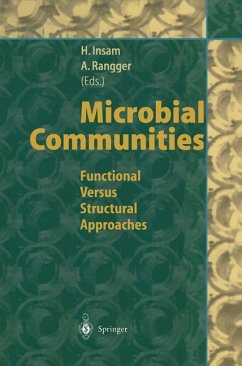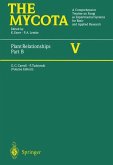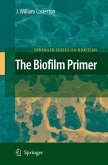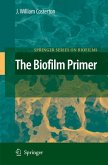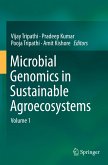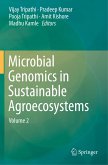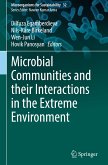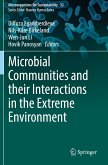Research on decomposer communities of terrestrial ecosystems for a long time has focussed on microbial biomass and gross turnover parameters. Recently, more and more attempts are made to look beyond the biomass, and more specifically determine functions and populations on a smaller scale-in time and space. A multitude of techniques is being improved and developed. Garland and Mills (1991) triggered a series of publications on substrate utilization tests in the field of microbial ecology. Despite several promising results for different applications in different laboratories, many problems concerning the assay and the interpretation of results became evident. After individual discussions on the approach with colleagues from various laboratories we started to plan a workshop on the matter. The response on our first circular was extraordinary, and instead of a small workshop it became a meeting with almost 150 participants. The meeting was named 'Substrate use for characterization ofmicrobial communities in terrestrial ecosystems' (SUBMECO) and was held in Innsbruck, Austria, from Oct. 16-18, 1996. The very focussed scope attracted enthusiastic advocates of the approach, and also serious critics. Some of the topics concerned improvements of current inoculation and incubation techniques, ranging from sample pre-treatment, inoculum density and incubation temperature to statistical data handling. New methods for calculating microbial diversity were proposed, as well as bootstrap methods that allow statistics with many variables on a relatively low number of replicates.
Bitte wählen Sie Ihr Anliegen aus.
Rechnungen
Retourenschein anfordern
Bestellstatus
Storno

